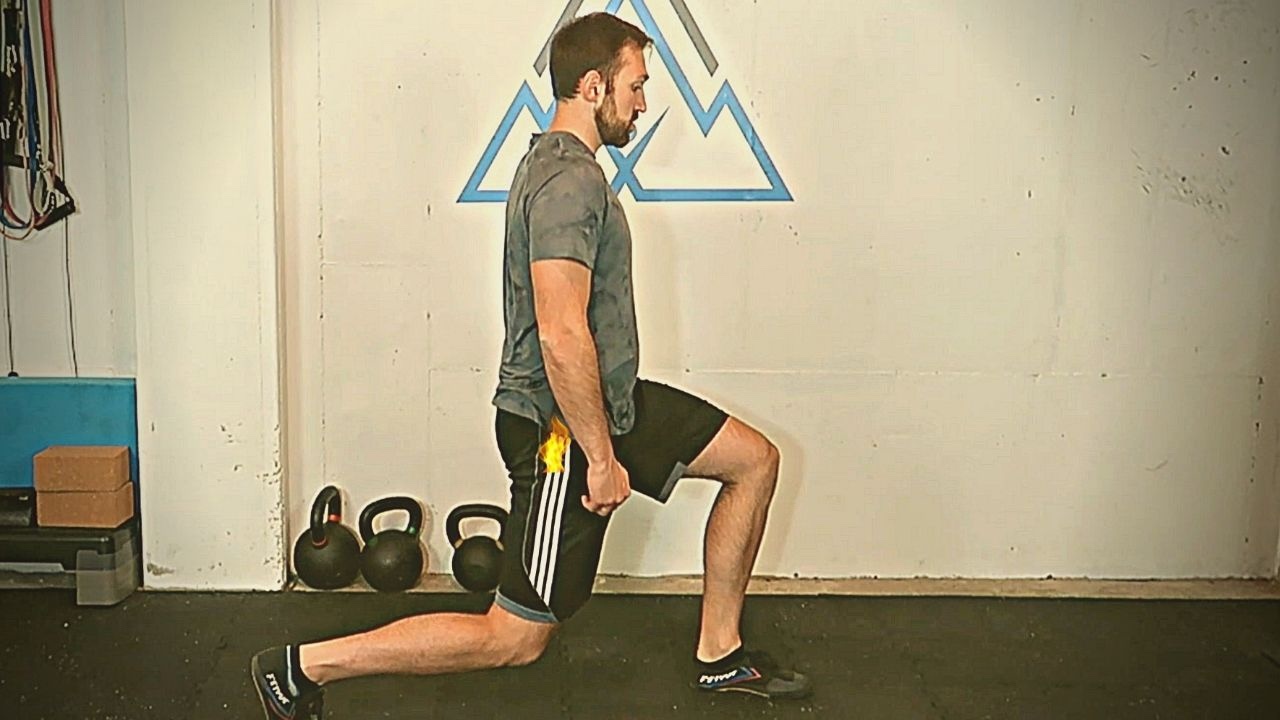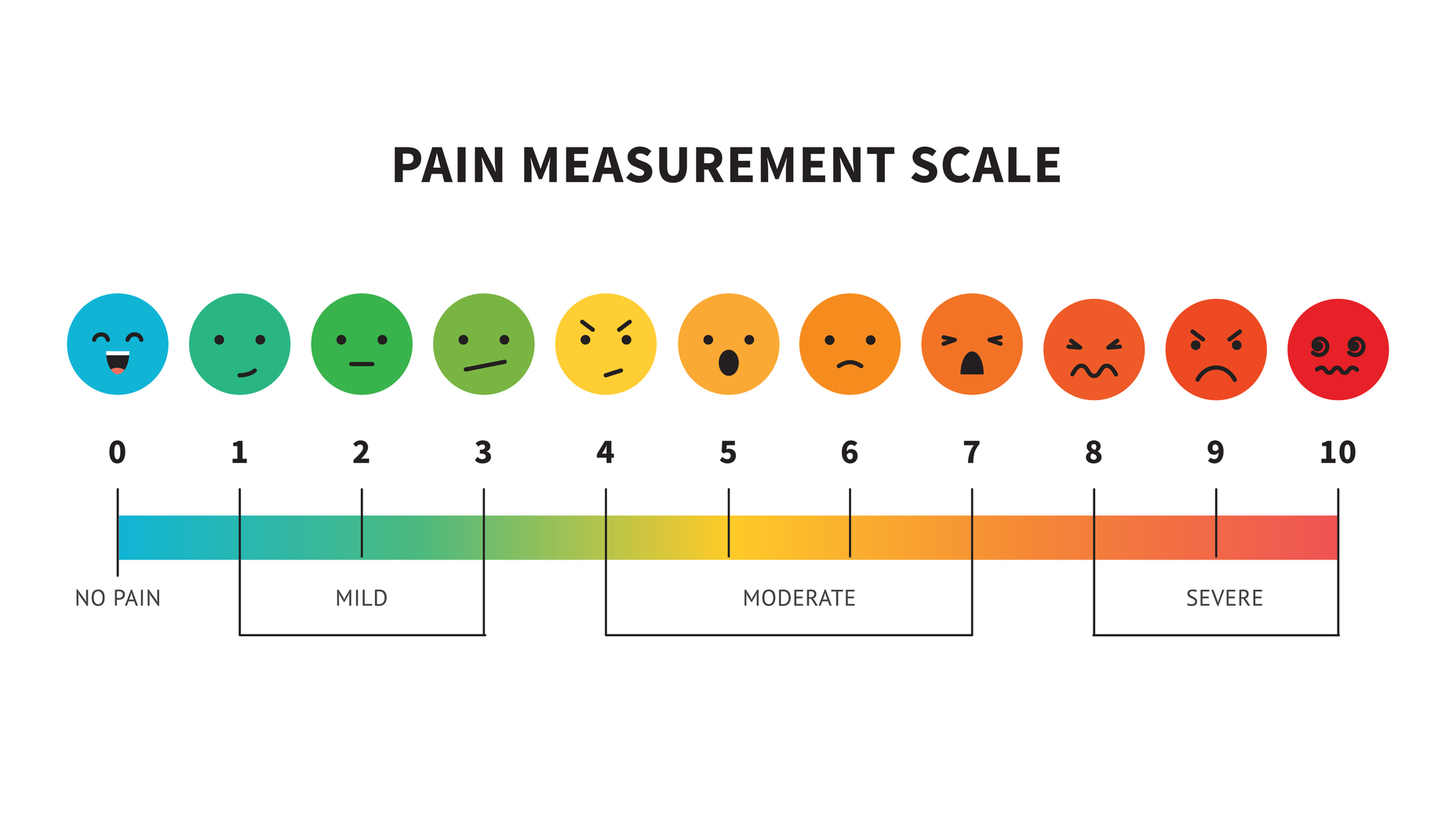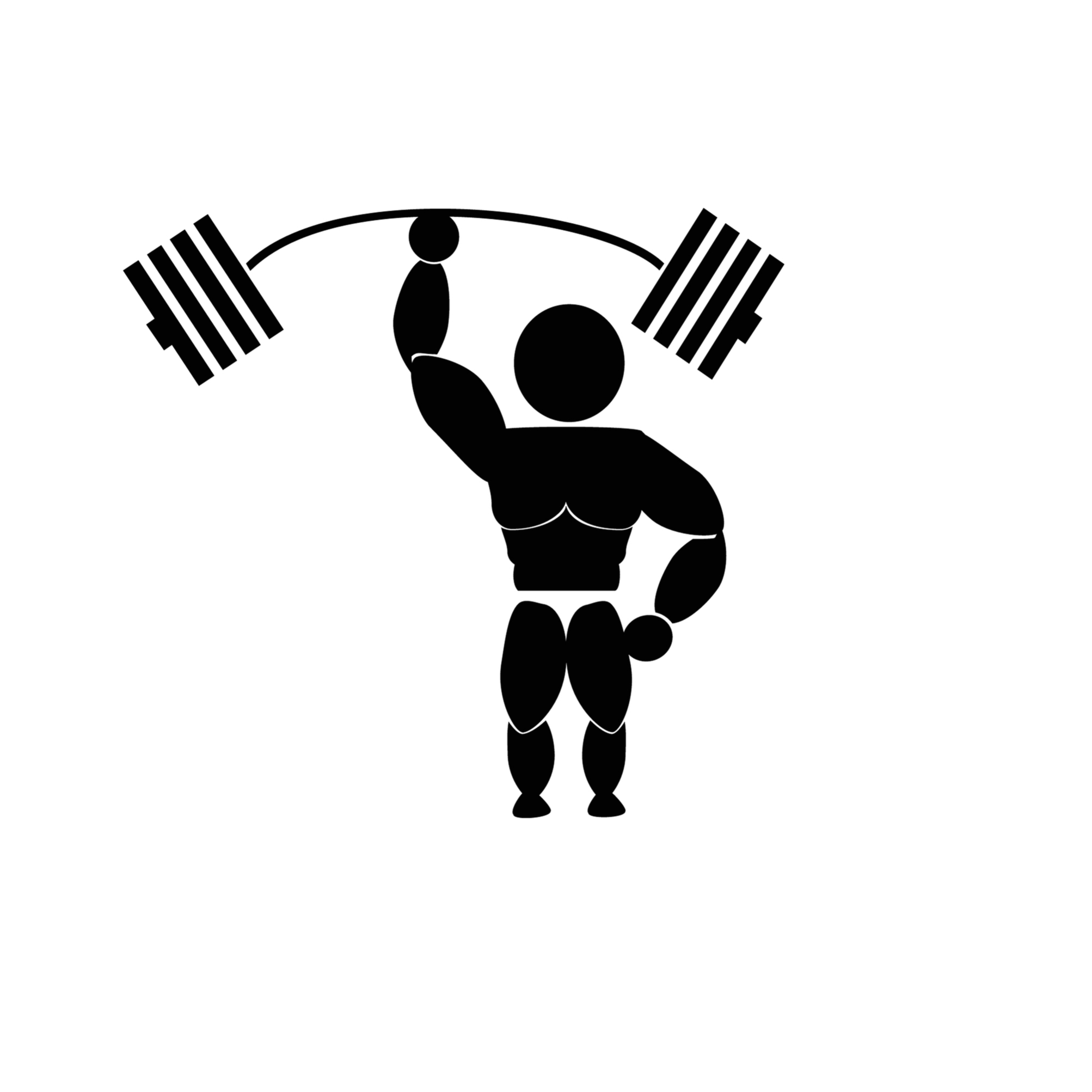How Exercise can help your Hip Labral Tear Pain and What You’ve Been Doing Wrong.
Jul 17, 2024
So you’ve been told that the nagging chronic hip pain you’ve been feeling for months or years is from a hip labral tear. You’ve tried physical therapy (“PT”) and even looked for some hip exercises online but nothing seems to be reducing your pain symptoms.
And now you’re getting worried because the doctor said if PT doesn’t work, the next option is surgery. Can that be the answer? Are you so far gone with this annoying, frustrating hip pain that you need to go under the knife? Is there nothing left to try?
There is something left to try - recognize the role of your brain and nervous system in your pain pattern.
Your pain is not coming from a hip labral tear, nor it is coming from anything horribly wrong with your hip. This is why exercise can't "fix" your hip labral tear or your chronic hip pain.
Does that mean exercise is useless? Of course not. Exercise is one of the healthiest things you can do for your body. You just need to understand what exercise CAN do and what it CAN'T do.
Why should you trust me? Well for starters, I’ve been where you are. In 2013, doctors diagnosed me with a hip labral tear and FAI. Luckily another corrective exercise specialist back then convinced me not to get surgery.

Boy, do I not regret it. Today, my hips feel better than they ever did. My own journey out of hip pain triggered a love for movement but even more importantly, I learned how entangled our physical symptoms are with our psychological and behavioral tendencies.
I was able to get out and stay out of hip pain. I’m also proud to say that I’ve helped many others get out of hip pain and avoid getting surgery too. I didn't do this because I'm some movement guru with all the secret exercises.
I am only successful in helping students who are ready to help themselves. Those who are fed up with all the things that are not working and ready to take a deeper look at themselves to understand their hip pain.
In this article, I’ll explain why most PT and traditional exercise methods fail. I’ll then explain what matters most when troubleshooting your hip pain (psst, the brain) and identify any exercise or activity that should be avoided with hip labral tears.
Why do Physical Therapy Exercises for Hip Labral Tears Often Fail?
After an MRI confirms a hip labral tear, most doctors recommend PT as the first intervention. It’s low-risk and covered by insurance so hey, why not right?
As you might've found out, the exercises prescribed in PT offices are usually generic, low intensity and not customized to the individual patient. I’ll never forget when I went to my third PT office back in 2013 and one of the clinicians said “Oh, you got FAI and a hip labral tear. Only way to get rid of that is surgery.”
Why was I there then!? Looking back at that moment now, I realize it was not the PT’s fault. PT is an amazing resource we have in our society. The benefits far outweigh the cons and I’ve met many PTs I respect and trust.
But just because a modality is great for one thing does not mean it is great for another. For example, a strength coach who is a world-class bodybuilder will give you top-notch coaching on strength development. But it’s unlikely they’ll be able to give you the same level of coaching for endurance training.
There is a similar phenomenon going on in PT. PTs are excellent at helping individuals rehab certain injuries like broken bones or treat certain diseases like osteoporosis. The PT profession has been helping people improve these conditions for decades and have well established treatment protocols tested by clinical research.
The same cannot be said about hip labral tears. First of all, it’s very important to note that most individuals with hip labral tears don’t even experience hip pain. Countless studies examining the link between hip labral tears and hip pain fail to find any meaningful connection.
Here are a few examples:
- Register et al., 2012 - 45 volunteers with no history of hip pain underwent an MRI scan. 69% of these participants with no history of hip pain had hip labral tears.
- Schmitz et al., 2012 - 42 patients with no hip pain received MRIs. 36 or 85.7% of the patients with no hip pain had hip labral tears.
- Lee et al., in 2015 - 27 out of 70 young healthy volunteers with no history of hip pain had hip labral tears.
In other words, many people have hip labral tears but no hip pain. The opposite is also true. One can have hip pain and no hip labral tear. So if you receive a hip labral tear diagnosis, it does not mean that this is why you are in hip pain.
So any PT you see for hip labral tear pain will already be at a disadvantage. They’ll be treating your hip labral tear even if that may not be why you are in pain.
And what does the treatment look like? Researchers in the PT field recently adopted an exercise program called the “Personalized Hip Therapy” (“PHT”) protocol for anyone with femoral acetabular impingement (“FAI”) and related conditions like hip labral tears.
So these researchers created a standardized protocol to treat patients for a diagnosis that may not even be the cause of their pain. There are so many issues with the PHT protocol but this goes beyond the scope of this article.

It’s been a while since I’ve been in PT so I’m not sure how many PT offices are relying on the PHT protocol. But from my experience, PTs use some type of standardized protocol for hip labral tears. This is how it works for most diagnoses.
But how can a standardized protocol work if it is not addressing the actual cause of the pain? This is where doctors fall into the trap of treating the diagnosis and not the patient.
What will actually help Improve Hip Labral Tear Pain
“So if the hip pain is not because of the hip labral tear, why am I hip pain?” you might ask. Well the answer is it doesn’t really matter. The goal is to feel better right? Not to get rid of the hip labral tear.
Pain comes from the brain, not the hips. The very first step in addressing chronic hip pain - whether you get a hip labral tear diagnosis or not - is pain education.
You need to understand HOW chronic pain works and the significant role the brain and nervous system has on your pain pattern.

If you don't set this foundation then no exercise in this world will help you feel better. Instead, exercise will just be another "thing" you do in your desperate attempt for pain relief.
This might not be what you want to hear. I get it. My content gets much more engagement when I prescribe a set of exercises for a certain diagnosis or pain pattern.
This whole chronic hip pain thing would me much easier to fix if I gave you 3 exercises to do. But I've learned through personal experience and working with hundreds of people that this does not work.

The journey usually does not start with addressing the brain. You might have to do the PT, chiropractic adjustments, corrective exercise and whatever else before you start believing that your pain is not just a physical problem.
I sincerely hope that you give this brain stuff a try before you go under the knife though. Most pain-relief treatments are relatively harmless, even though they are a waste of time. But surgery is serious and I highly recommend some deep and honest reflection before going through with it.
If you're interested in a gentle introduction to the pain-brain, check out my eBook, Mastering the pain-brain. It's only $5 and I've gotten tons of emails from people who feel better just by reading and integrating the lessons in the book.
Click below to get the eBook:
Are there any Exercises to avoid if you have a hip labral tear?
I get this question a lot from clients so I thought it would be good to include it in this article. The way I always respond back is, would you avoid this exercise or activity if you labeled your discomfort as “hip pain” instead of a “hip labral tear.”
In other words, the question would be something like the following: “Should I avoid going for a hike if I have hip pain?” instead of “Should I avoid going for a hike if I have a hip labral tear?” Oftentimes, this shift alone makes it much easier for people to answer the question themselves.
Another helpful strategy I provide clients is to do the thing they want, mindfully. If the pain gets above a 6 or 7 during the activity or exercise, then slow it down and see if you can reduce the intensity.
 The reason for this encouragement is because avoidance is a slippery slope. I see many people in a pattern of avoidance and fear which can make the pain even worse. This reinforces a feeling that you are broken or damaged because of your hip labral tear. And nothing can be further from the truth.
The reason for this encouragement is because avoidance is a slippery slope. I see many people in a pattern of avoidance and fear which can make the pain even worse. This reinforces a feeling that you are broken or damaged because of your hip labral tear. And nothing can be further from the truth.
There are certain activities I get questions about more often. Below are some of the more common exercise modalities I get questions about.
Is walking OK with a hip labral tear?
I don’t know if there is a better activity for humans than walking. We evolved to walk. The mental and physical benefits obtained from walking are second to none. In my strong opinion, not only is walking OK with a hip labral tear but it is encouraged.
I would apply the two points of advice I provided earlier. Ask yourself the following question instead: “Is it OK to walk with hip pain?” And, can you do this activity with lower intensity and more mindfully. I’ll leave the rest to you.
What weightlifting exercises can I do with a hip labral tear?
Weightlifting with good form is one of the most effective ways of building a stronger body. But for those with chronic hip pain, there may be fears and insecurities that puts the body on high alert during weightlifting.
This extra tension creates more sensitivity in the nervous system, which might be accompanied with unfamiliar and scary sensations during a lift. These sensations might be completely normal and harmless but if you already suffer from chronic pain, it will be challenging to see them as such.

Everyone gets sensations, which are sometimes painful, when they lift weights. This is part of the process. Ask any gym-bro - no pain, no gain, right? Some of these sensations is your nervous system's way of telling you to fix your form. Other sensations might be telling you to take some weight off the bar.
This is is healthy and wise feedback from the body. But when you're dealing with a chronic pain pattern, it is nearly impossible to differentiate between a "healthy pain" while lifting and an "unhealthy one."
Each sensation will just get scrambled up together and this can leave you feeling confused, frustrated and lost. That's why it's so important to master the pain-brain before diving into any intense weight-lifting regimen.
You must understand what these sensations mean and how your response to them affects how you feel in the future.
Can I do Cardio Exercises with a Hip Labral Tear?
Let's reframe this question, shall we? Is it safe to do cardio exercise with hip pain? Most of you would probably say yes. It may be uncomfortable but that does not mean that you are doing something terribly wrong to your hip joint.
But pain during or after an activity is a sign that something is off. Our brain is interpreting the experience as a threat. Whether that interpretation is rational or irrational.

Often times, we unknowingly create a fear pattern with certain activities. For example, we get hip pain after a few bike rides and now we fear it happening each time we get on our bike.
This catastrophizing is a risk factor for the pain becoming chronic. One thing you can start doing is to decrease the importance of these pain signals is saying "whatever" to the pain signal instead of trying to figure out how to fix it or get rid of it.
I recognize this is easier said than done. But I am trying to give you something to try in this post. Creating a healthier relationship with our pain signals is one of the most important elements of recovery.




